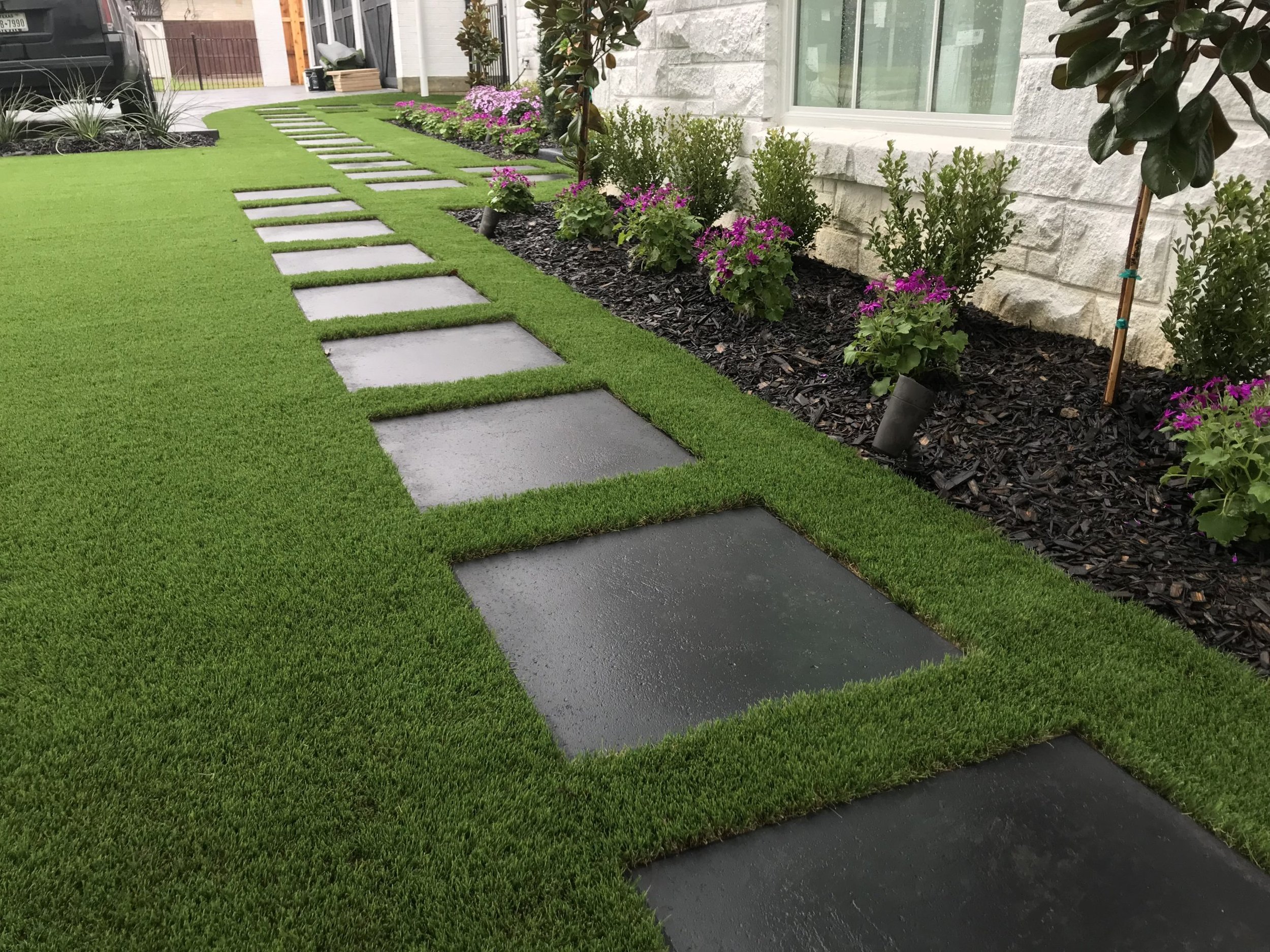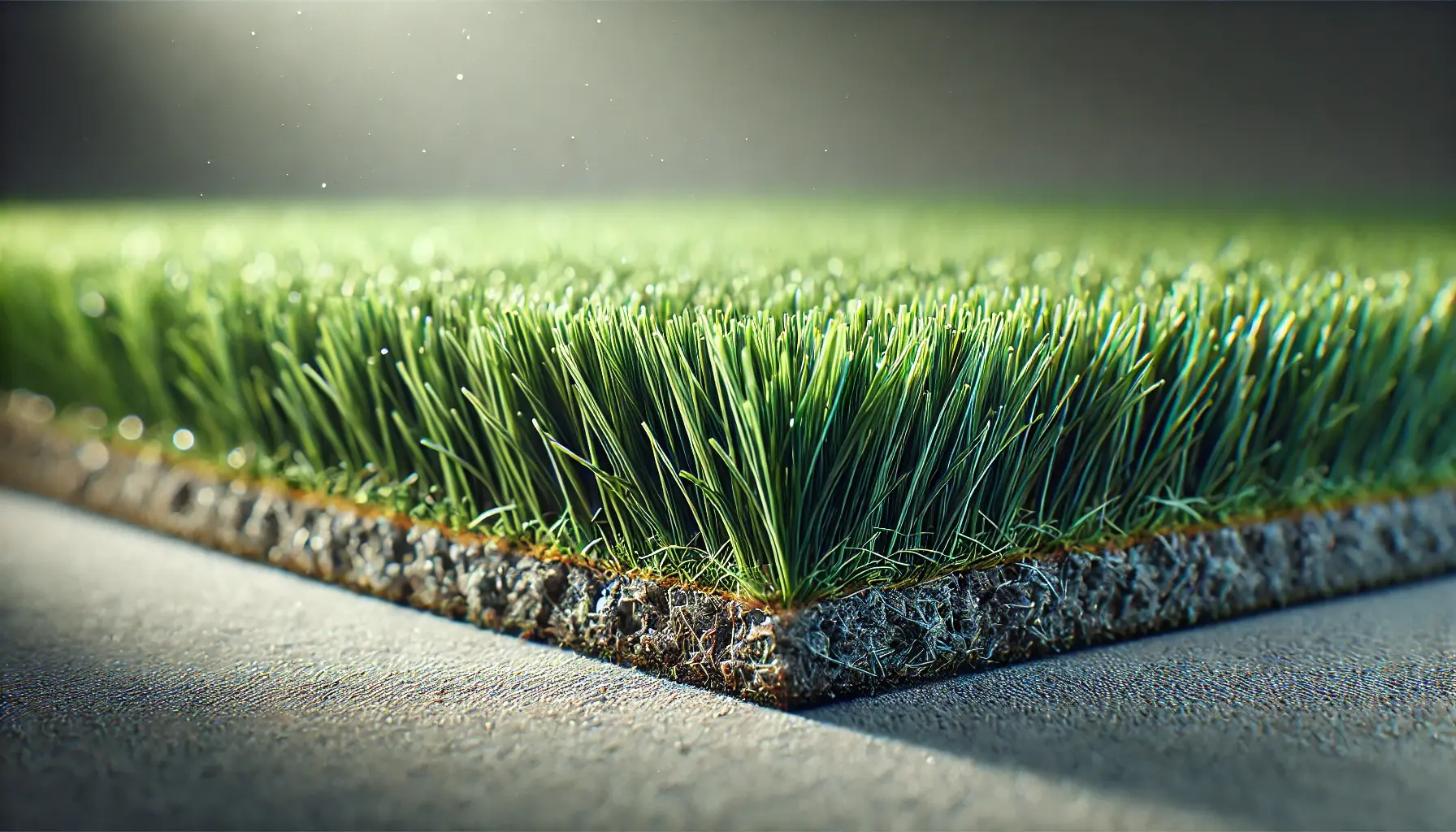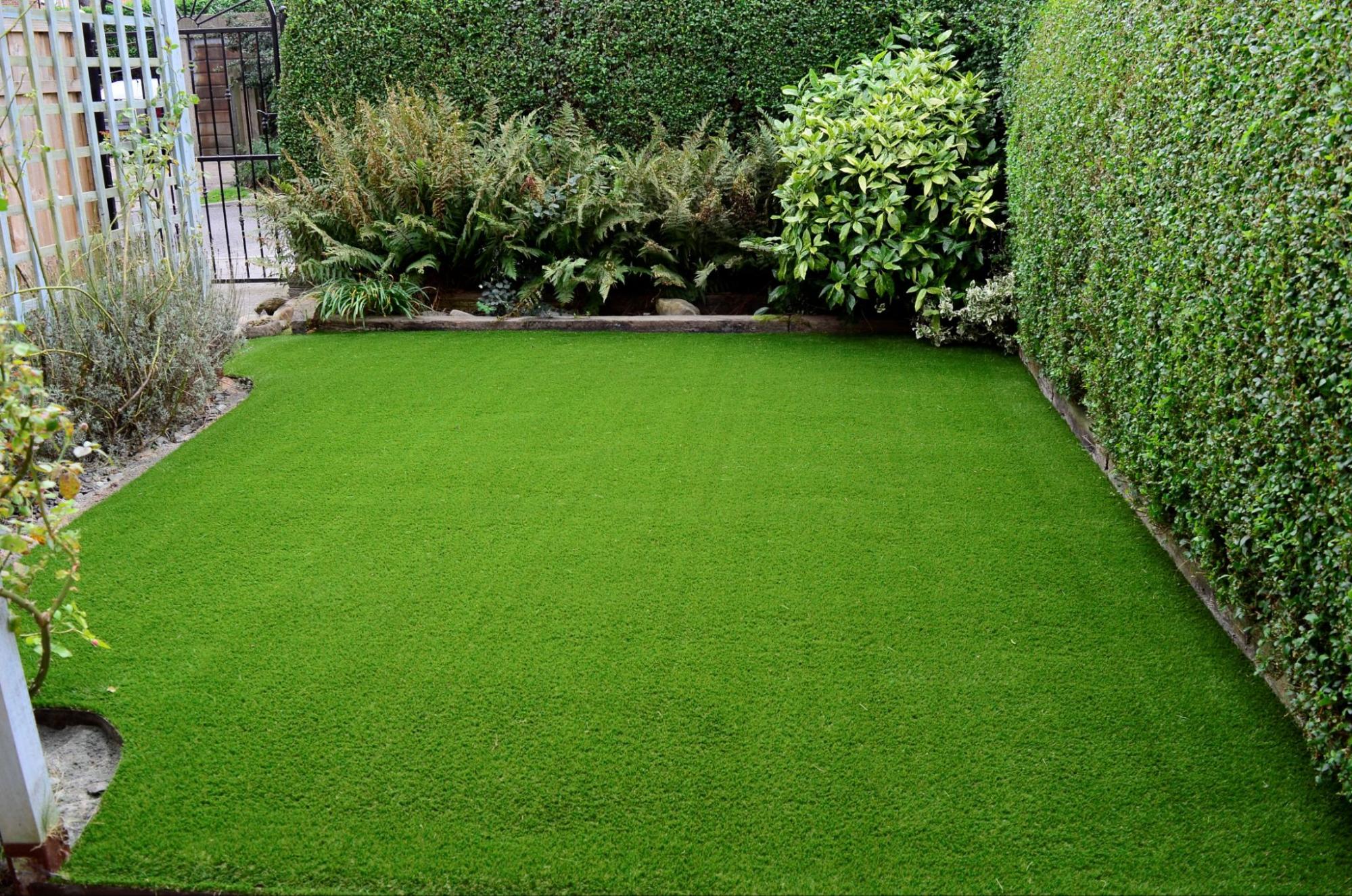Find the Top Artificial Turf Companies Phoenix for Your Home or Business
Find the Top Artificial Turf Companies Phoenix for Your Home or Business
Blog Article
Delve Into the Environmental Benefits of Opting for Synthetic Grass Solutions
The adoption of artificial turf remedies presents an engaging possibility to resolve pushing ecological challenges. By dramatically reducing water usage and lessening the application of unsafe chemicals, these alternatives not only advertise sustainable landscaping yet additionally shield local ecosystems. Moreover, the lower carbon footprint linked with lowered maintenance tasks contributes to a more lasting approach to land management. The ramifications of these benefits extend beyond simple conservation efforts, increasing questions regarding their long-lasting effect on habitat preservation and overall eco-friendly equilibrium. Checking out these measurements discloses a complex interplay worth considering.
Water Conservation Advantages
One of the most significant benefits of fabricated lawn is its capability to conserve water. Traditional lawn lawns need considerable watering, particularly in locations vulnerable to drought or water limitations. On the other hand, synthetic grass does not require watering, substantially lowering the general need for water resources. This feature is especially advantageous in arid regions where water deficiency is a pressing problem.
By getting rid of the demand for normal watering, man-made lawn adds to lasting landscape techniques and assists reduce the environmental effect of too much water usage. Moreover, the preservation of water encompasses the decrease of overflow, which can result in dirt disintegration and waterway air pollution.
Additionally, the installment of synthetic grass permits homeowners and communities to designate water resources more successfully, concentrating on necessary uses such as drinking water and agriculture. The shift in the direction of synthetic grass not only advertises liable water use but likewise straightens with broader environmental goals targeted at maintaining all-natural sources.
As communities progressively focus on sustainability, the water preservation benefits of artificial grass present an engaging instance for its adoption in domestic and industrial landscape design tasks.
Lowered Chemical Use
The change to synthetic grass significantly decreases the dependence on chemical therapies frequently used in all-natural grass upkeep. Standard lawn monitoring generally entails the application of fertilizers, pesticides, and herbicides to promote growth and control pests. These chemicals can present risks to human health and wellness, local wildlife, and the environment, adding to dirt and water contamination.
On the other hand, synthetic grass removes the requirement for these damaging materials. When set up, it calls for marginal upkeep, mostly being composed of routine cleansing and infrequent infill replenishment. This reduction in chemical usage not just benefits the instant setting but also adds to more comprehensive eco-friendly stability. By lessening the release of synthetic compounds into the ecological community, fabricated lawn promotes much healthier dirt and water systems.
Moreover, the lack of chemical overflow linked with synthetic grass installations helps secure neighborhood rivers from air pollution, sustaining marine life and preserving biodiversity. Arizona artificial turf. As communities significantly focus on sustainable practices, choosing synthetic grass presents a feasible solution that straightens with environmental conservation objectives. With this change, homeowner can take pleasure in rich environment-friendly spaces without endangering environmental wellness, paving the method for an extra lasting future
Lower Carbon Footprint

Furthermore, the setup of synthetic grass can result in considerable water conservation. All-natural yards call for significant amounts of water for watering, which not just includes in the carbon impact linked with water removal and treatment however additionally strains local water resources. On the other hand, synthetic grass needs minimal upkeep, needing no watering, consequently considerably minimizing water usage and its associated power costs.
In addition, read review the durability of artificial turf adds to its lower carbon influence. With a life-span of approximately 15 years or even more, the demand for constant replacements is decreased, resulting in much less waste and lower energy usage in manufacturing and taking care of conventional grass options. In general, synthetic grass offers a sustainable alternative for eco mindful landscaping.
Environment Preservation
Habitat preservation is an important consideration in the debate over landscape design choices, particularly when comparing artificial grass to natural turf. All-natural lawn lawns commonly require substantial maintenance, including making use of pesticides, fertilizers, and herbicides, which can negatively influence neighborhood environments. These chemicals can leach into the soil and waterways, hurting indigenous plants and fauna and disrupting regional habitats.
On the other hand, synthetic grass provides a possibility to minimize the environmental impact of landscape design. By opting for artificial turf, property owners can lessen the disturbance of natural habitats connected with standard grass care techniques. Synthetic grass removes the need for damaging chemicals, therefore protecting close-by wild animals and preserving the honesty of bordering environments. Moreover, the setup of synthetic grass can bring about the conversion of previous grass locations right into even more biodiverse landscapes, such as pollinator gardens or native plant locations, which can support neighborhood wild animals.
Eventually, the transition to artificial grass not only preserves water and decreases upkeep initiatives however likewise promotes an extra unified partnership in between human activities and the natural surroundings, promoting environment preservation at the same time.
Long-Term Sustainability
Lasting sustainability is an essential aspect in evaluating the benefits of synthetic grass over standard lawn yards. One of the most considerable advantages of man-made turf is its resilience; it can last approximately 15-20 years with very little maintenance, whereas all-natural lawn needs regular reseeding and replacement. This longevity minimizes the need for consistent sources, such as water, plant foods, and pesticides, which are necessary for keeping a healthy yard yard.
Additionally, artificial lawn adds to a decrease in carbon discharges linked with lawn treatment equipment. Typical yards typically require gas-powered lawn mowers, trimmers, and blowers, every one of which contribute to air contamination. Turf installation phoenix az. On the other hand, synthetic grass her explanation gets rid of the requirement for such tools, promoting a cleaner environment
Moreover, the production of synthetic grass progressively utilizes recycled products, enhancing its sustainability account. As suppliers embrace environmentally friendly practices, the ecological impact of synthetic grass continues to decrease.

Conclusion
The fostering of fabricated grass remedies provides substantial environmental benefits, consisting of significant water preservation, reduced dependence on unsafe chemicals, and a reduced carbon impact. Moreover, synthetic grass help in preserving all-natural habitats by lessening land disruption and promoting long-lasting sustainability through making use of long lasting materials. Jointly, these aspects underscore the capacity of synthetic grass to contribute favorably to ecological health and wellness and supply a feasible option to traditional landscape design methods in a significantly resource-conscious globe.
In comparison, man-made turf does not require watering, significantly minimizing the overall demand for water recommended you read resources. By lessening the release of synthetic compounds into the ecological community, artificial lawn promotes healthier dirt and water systems.
In addition, the installation of artificial grass can result in substantial water preservation. In contrast, fabricated lawn requires very little maintenance, calling for no watering, consequently significantly minimizing water use and its connected energy expenses.

Report this page